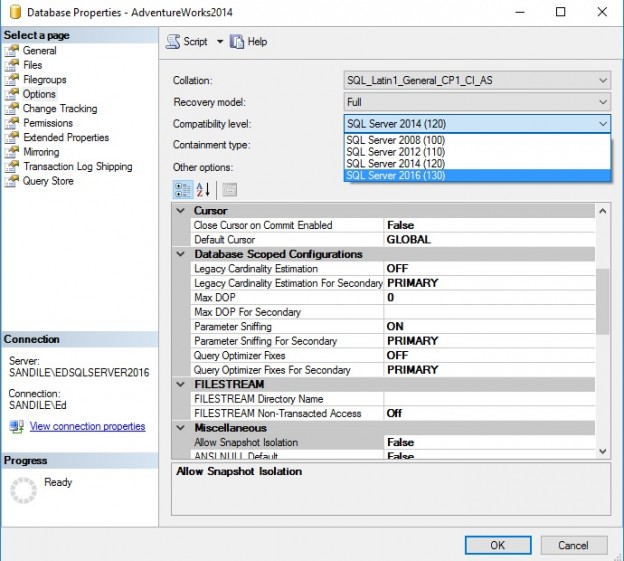LCK_M_RIn_X_ABORT_BLOCKERS
July 5, 2016Description This wait occurs when a request is waiting to acquire a Key Range Insert Exclusive lock with the low priority options added in SQL Server 2014. This mechanism acquires locks on a subset of rows in an index but only when the transaction isolation SERIALIZABLE is used. An exclusive lock typically occurs when read […]
